Tree-huggers get a bad rap, especially when they're accused of driving Priuses, a particularly targeted form of abuse inspired by the Malibu movie set. Hollywood types who stepped out of gas-guzzling private jets to tool around humbly in Toyota's trailblazing hybrid used to include dapper chaps like Clooney, Damon and di Caprio.
They must have been pleased when Tesla arrived with bigger, faster, fully electric cars. Sometimes you really need to get to your private jet in a hurry.
And I say they were pleased because driving a Prius forced these folks to consider what life would have been like had they not played that dead body on CSI, before rising through the ranks to owning chunks of a coffee-pod company and marrying lawyers who make speeches at the UN.
The Prius was a run-of-the-mill car that appealed to them only via its new hybrid technology, whicht helped assuage their guilt at burning several tonnes of avgas instead of mixing it with the general public on commercial airlines.
In 2019, Toyota has four hybrids (including a RAV4) with which to attract your attention, and one of those is the 20-year-old Prius. Still odd-looking, still a hybrid, still pretty much the same proposition as that first, nose-diving sedan all those years ago. Its own bretheren are out to consign it to irrelevance. Or is it still worth another look?
Toyota Prius 2019: i-Tech Hybrid
| Engine Type | Inline 4, 1.8L |
|---|---|
| Fuel Type | Unleaded Petrol/Electric |
| Fuel Efficiency | 3.4L/100km (combined) |
| Seating | 5 |
| Price From | $28,820 - $34,760 |
| Safety Rating |
|
Does it represent good value for the price? What features does it come with?
The 2019 Prius update is available in two specs - entry level for $36,590 and this i-Tech for a stout $44,050. For that outlay you score 17-inch alloys, a 10-speaker JBL-branded stereo, keyless entry and start, Qi wireless charging pad, auto LED headlights, auto wipers, reversing camera, electric everything (except the tailgate), fake leather trim, climate control, head-up display, sat nav and a tyre-repair kit.
.jpg)
Toyota's worse-than-the-final-season-of-Game-of-Thrones multimedia system soliders on. It's hard to use, terrible to look at and, even with the Kluger-style shortcut buttons, leaves me screaming, alternately, for a hug and for Apple CarPlay/Android Auto.
There's just no excuse for a system this bad in the modern world. Toyota Australia's stubborness is admirable, in a way. The sound is really good, though, and it comes with DAB, which is fine if you can work out how to find the station you want in the confusing user interface.
EV Specs for Toyota Prius 2019
| Drivetrain | Hybrid |
|---|---|
| Battery type | Nickel-metal hydride |
| Combustion engine output | 72kW/142Nm |
| Combined output | 90kW |
| Petrol efficiency | 3.4L/100km |
Is there anything interesting about its design?
My goodness this is an awkward-looking car. The Prius set the template almost two decades ago and it seemed like any hybrid, no matter where it was from, looked like Toyota's pioneer for a while.
.JPG)
Part of the awkwardness is a result of wind-tunnel styling to maximise the benefit of the hybrid power unit - that high, boxed-off tail makes the Prius slippery, but weird looking. The adventurous shapes of the lights front and rear really don't work (for me, anyway). The tiddly wheels amplify the slabbiness of the sides.
I say tiddly because, as you know, they're just 17-inchers. The base model Prius has a laughable set of 15s bolted on.
.jpg)
You know, just by looking, that this is a Prius and, by extension, a hybrid.
The interior is a bit more contemporary, but littered with cheap Toyota staples like that dodgy LCD clock that used to be in my Mum's Echo. Speaking of the Echo, Toyota has recycled and expanded on the idea of a centrally placed dashboard, all of which is digital but without the inventiveness of a German, or even a Korean car. It works really well, to be fair, but there's not much in it to amuse or delight.
.JPG)
The central touchscreen is nice and close and shows additional information about the hybrid-drive system. The profusion of piano black is a bit passe, though, and picks up dust and fingerprints.
How practical is the space inside?
Passenger space in the Prius is excellent for its footprint. Slightly roomier than the Corolla, front and rear passengers have generous head and legroom, although the narrowing hips pinch the shoulders a bit with five aboard. The roofline also abbreviates headroom for anyone over about six feet. The seats are comfortable, though.
Front and rear rows are each treated to two cupholders and bottle holders, for a total of four of each. The front centre console also has a Qi wireless charging pad, as well as a deep bin under the armrest.
Boot space starts at a modest 343 litres to the parcel shelf but if you drop the rear seats, you've got a very generous 1633 litres. The lower-spec Prius has a much smaller boot (297 litres) but does have a spare tyre.
Toyota hasn't certified the Prius with a towing figure.
What are the key stats for the engine and transmission?
The 1.8-litre four-cylinder engine produces 72kW and 142Nm. Due to the vagaries of hybrid-power calculations, the combined power output is 90kW, but there is no combined torque figure. It's unlikely - given the 1400kg kerb weight - that it's only 142Nm.
.JPG)
Along with the Atkinson-cycle internal-combustion engine, the Prius has two electric motors - one acting as a generator and one to drive the front wheels via a continuously variable transmission.
How much fuel does it consume?
Official figures are always worth a chuckle, but the combined-cycle figure for a hybrid is always an interesting pointer. In the Prius, the ADR figure is 3.4L/100km. My week with the Prius in almost exclusively city driving - its natural habitat - yielded an impressive 4.3L/100km.
Warranty & Safety Rating
What safety equipment is fitted? What safety rating?
The Prius i-Tech ships with seven airbags (including driver's knee bag), ABS, stability and traction controls, reversing camera, blind-spot monitor, rear cross traffic alert, lane-departure warning, forward-collision warning and forward AEB.
For the kiddies, there are three top-tether anchor points and two ISOFIX points.
The current Prius scored five ANCAP stars in October 2016.
What does it cost to own? What warranty is offered?
Toyota has joined its rivals in the long-warranty camp, now offering five years/unlimited kilometres on its whole range. Roadside assist is an extra cost, though.
Your Prius' service costs are capped for the first three years/60,000km and you have to take it back to Toyota every six months/10,000km. Thankfully, the services only cost $140 a pop.
What's it like to drive?
Despite rolling on Toyota's TNGA platform, it's not a particularly interesting car to drive. As with the old Prius, there's a fair bit of body roll and not a small amount of dive under heavier braking.
Neither of these are likely to trouble you, as the underpowered nature of the Prius enforces a relaxed pace, much like the hybrid Corolla I drove last year.
.jpg)
The uninspiring combination of modest power outputs and a CVT transmission is a Toyota staple and never fails to set my teeth on edge.
Having said that, the Prius is very quiet and an easy place to spend the commute. Again, the target buyer isn't looking for an excitement machine - fast hybrids are vastly more expensive - this car smashes its KPIs.
Toyota's early progress has been engulfed by its competitors, however. The Prius has all the clicks and whirrs but it's still essentially the same car it always has been - press the accelerator a bit, you get a few metres of near-silent progress, then the engine kicks into life and off you go.
The whacky joystick gear selector features D position and B. Other hybrids and BEVs have what I thought was a similar feature, a separate mode to increase the aggression of the energy harvesting from braking. Not the Prius - B means braking, which you can use on a long downhill run to reduce the strain on the tiny brakes. Switching to B mode induces engine braking by lowering the gear ratio in the CVT.
And, on that point, the Prius pretty much drives like a normal car. Some hybrids use the drag of the generator to assist with braking and therefore charge the battery, but the Toyota is almost entirely conventional-feeling.
Verdict
In 2019, the Prius is a head scratcher. Toyota has the hybrid Corolla on the same TNGA platform but it's a better overall proposition, cheaper and vastly better looking. If you can find one, you can have a hybrid Camry for a similar money.
Committed EV buyers can now buy a fully electric Hyundai Ioniq for a few bucks more. It almost feels like the Prius is hanging on for the fans so it rather has the feeling of an Eagles concert... without the hits.
It's difficult to see why you wouldn't save a significant amount of money and go for a Corolla Hybrid. The ZR I drove last year was $13,000 cheaper than the Prius, and a far more satisfying drive.
With cheaper Korean options hoving into view - and Toyota's own Corolla - is the Prius' day done?
Range and Specs
| Vehicle | Specs | Price* |
|---|---|---|
| Hybrid | 1.8L, Premium Unleaded/Electric, SPEED CONTINUOUS VARIABLE | $21,230 - $26,840 |
| i-Tech Hybrid | 1.8L, Premium Unleaded/Electric, SPEED CONTINUOUS VARIABLE | $27,940 - $33,660 |





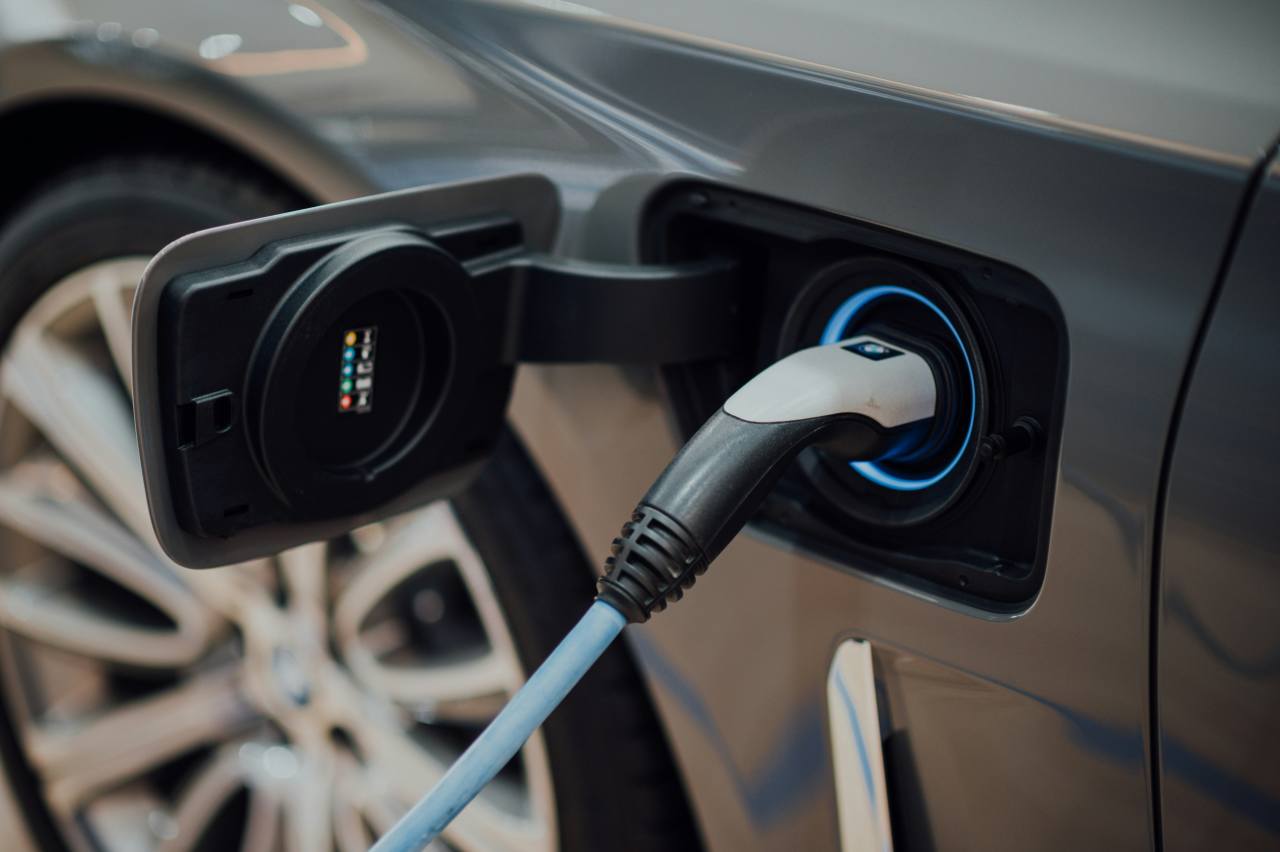
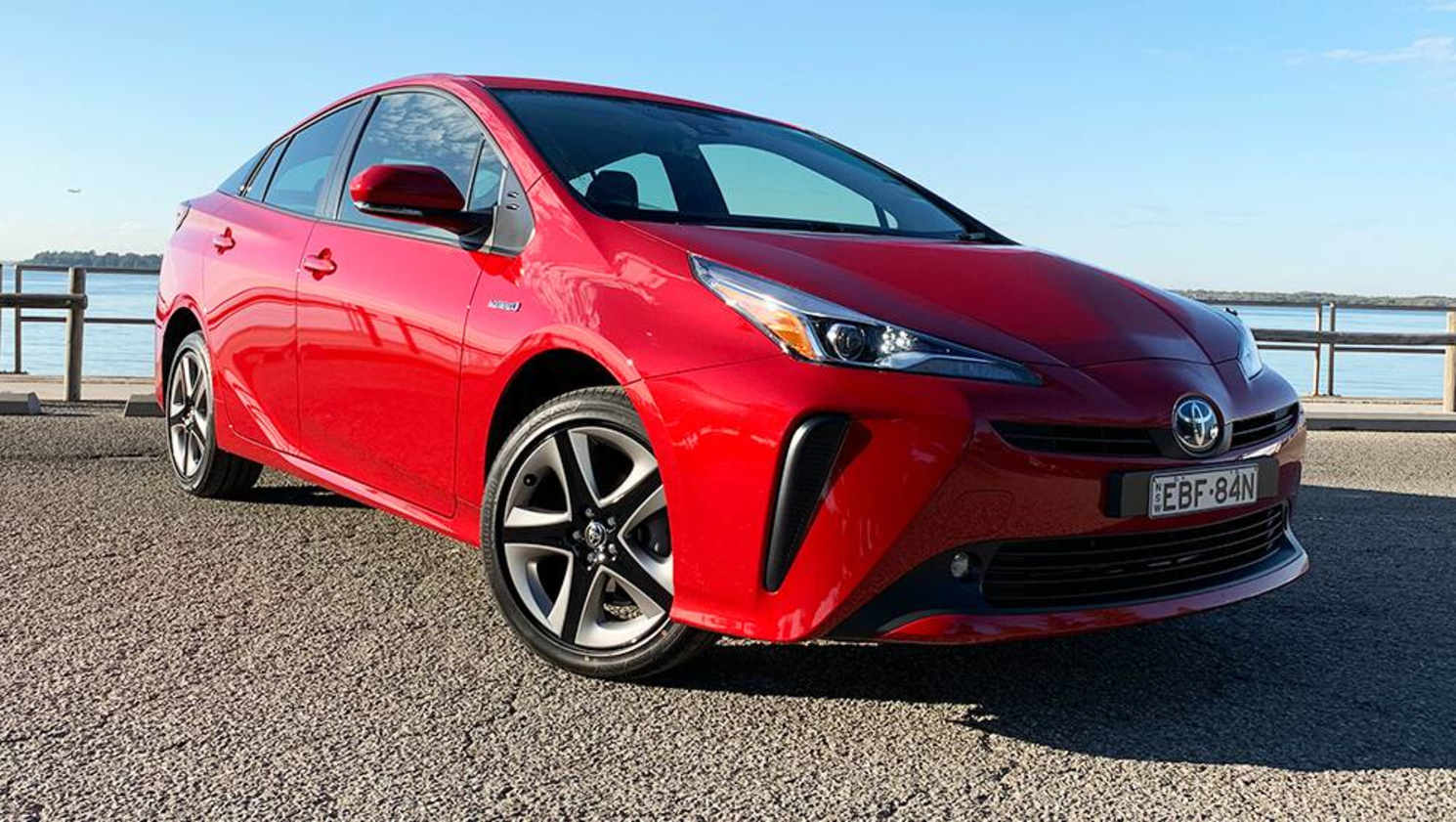

.JPG)
.JPG)
.jpg)
.jpg)
.JPG)
.JPG)
.jpg)
.jpg)
.jpg)

.jpg)
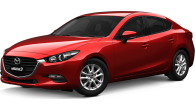

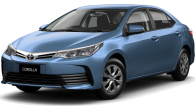
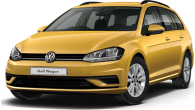



















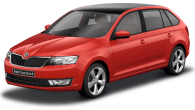
.jpg)

.jpg)


.jpg)